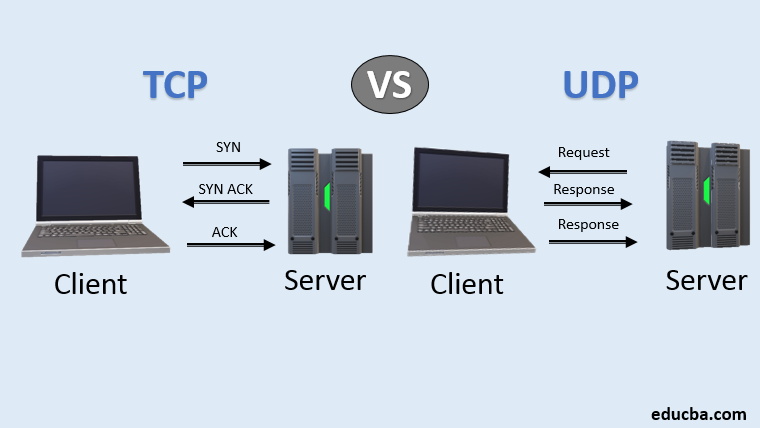I was just wondering if anyone can tell me why all UDP diagrams I have seen list a request from the server to the client as the first point of communication? Take a look at the following diagram for example: https://www.educba.com/tcp-vs-udp/

I was under the assumption that a client would have to always be expecting a request. Is there a missing step in all such diagrams such as it not first including a datagram being sent from the client to the server? If so, what is the rationale of not including this in diagrams?

